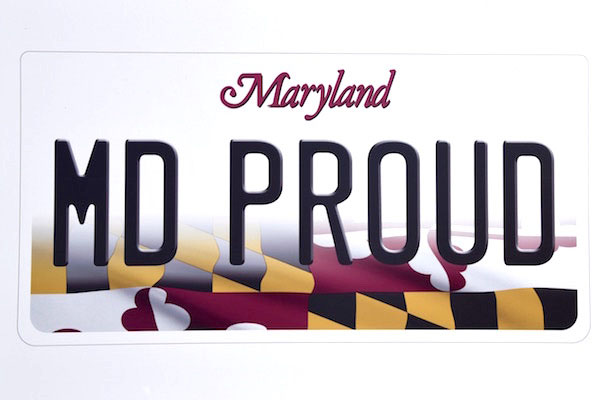Table of Content
Wiping excess uncured cement with a microbrush and then cleaning the remaining cement after tack curing can help prevent the difficulties of cleaning fully cured cement. Brushing with peroxide and baking soda may soften it enough that you can scrape it off, but probably not all in the first sitting. Use caution when scraping at tooth enamel with a dental pick, as accidental removal of the enamel could lead to softening of the teeth and tooth decay 12. As is apparent the invention may be practiced in a number of different ways.

Identify the areas in the mouth where there are large pieces of cement. Dr. Grant is a surgeon who has worked in hospitals for over 20 years. Her expertise, precision and skill have made her one of the best surgeons in her field.
Home Remedies to Remove Cement From the Teeth
If you experience an odd or bad taste in your mouth, dental cement should be removed. Depending on the cement used in your dental procedure, overexposure could result in loss of taste. Mojdeh Dehghan , DDS and other dentists say it was one of the earliest and most reliable cements available. Newer dental glue for crowns includes GI and RMGI cement, which Dr. Dehghan explains are usually made from fluoroaluminosilicate glass powder and polyacrylic acid liquid. Dental cement is the glue that bonds a wide range of dental and orthodontic applications to the tooth surface.
In these various practices the pH would be adjusted, as necessary. For example, the pH may be as low as 1.02 or as high as 6.9. A pH value of 3-5 is preferred with the value of 3-3.2 being effective for cleaning dental products while a value of about 6 is preferable for direct human application. If the cement is not causing any issues or if some excess cement is leftover on your tooth after removing your braces, you can leave it without any intervention. Over time, this leftover dental cement will eventually wear off on its own.
NJBIZ Names MouthWatch New Jersey Business of the Year
The UHMWPE floss was more than twice as strong as floss tape and over 5 times as strong as PTFE tape. The strength of this floss will prevent it from snapping when cleaning cement from tight contacts. Additionally, Figure 5 demonstrates that PTFE floss is more flexible than nylon floss. For cleaning dental products the invention is generally practiced by placing the article in a glass beaker containing a full strength solvent of this invention.
Do not swallow any of the cement during the scrapping process. If you remove the dental cement for your child or someone else, ask them not to tip their heads backward. Due to wear and tear, the dental cement may get chipped or attrited. In such instances, the cement needs to be removed and replaced by a dentist. Contact your dentist for professional removal of dental cement if after following these steps you notice there are still remaining areas of dental cement 1. The dental cement is prepared by mixing the powder and liquid together according to manufacturer's instructions.
What should you do if you accidentally swallow dental cement?
There are many different recipes for dental cement on the Internet, but none of them are safe for use on teeth. If you’re not sure whether you’re allergic to dental cement, talk with your dentist. If you’re allergic to dental cement, you should seek emergency medical attention. You can use dental cement to treat a broken tooth, but it shouldn’t be used in the mouth.
If you have a dental emergency, you can call your dentist or go to an emergency room. Tooth decays and infections can cause pain and swelling, which can make it difficult to pay for the procedure. Mix a paste from 2 teaspoons of baking soda and 1/2 teaspoon of peroxide.
How to Clean Germs Below the Gumline
Another advantage of UHMWPE floss is that it is firm enough to be threaded through gingival embrasures without the need for a floss threader. After the orthodontist removes your braces, you may be left with the residue of the dental glue that held them in place 12. The orthodontist and dentist may be able to help you get rid of most of it, but some may remain on your teeth. In addition to regular brushing and flossing, there are techniques you can put into practice to help dissolve and remove dental glue yourself 2. Since the early 20th century, dental cement has been used for various procedures in dentistry. They are designed to last long and act as a cavity filler or sometimes provide adhesive effect for various components such as orthodontic brackets , crowns, prostheses, etc.

An ultrasonic cleaning unit may optionally be used where a more rapid action is desired. The articles, which may conveniently be soaked overnight, are rinsed with tap water after processing. For removal of carboxylate cement from the skin, the solvent is applied directly to the affected areas.
Carefully remove the decayed, fractured, or chipped tooth. If the cement has broken through the dental dam, you may need to use a dental drill to remove it. The problem here is that some of the cement in your mouth is the kind that can irritate your sensitive teeth.

The invention thus has particular utility in such situations by permitting the easy application of the solvent in these relatively inaccessible locations. Use a dental pick to scrape off any cement jutting out carefully or has a rough edge. Be careful not to injure your oral tissues or the tooth surface. Scrape the cement one section at a time to make it easier. Temporary cementation utilizes soft materials called temporary dental cement.

No comments:
Post a Comment